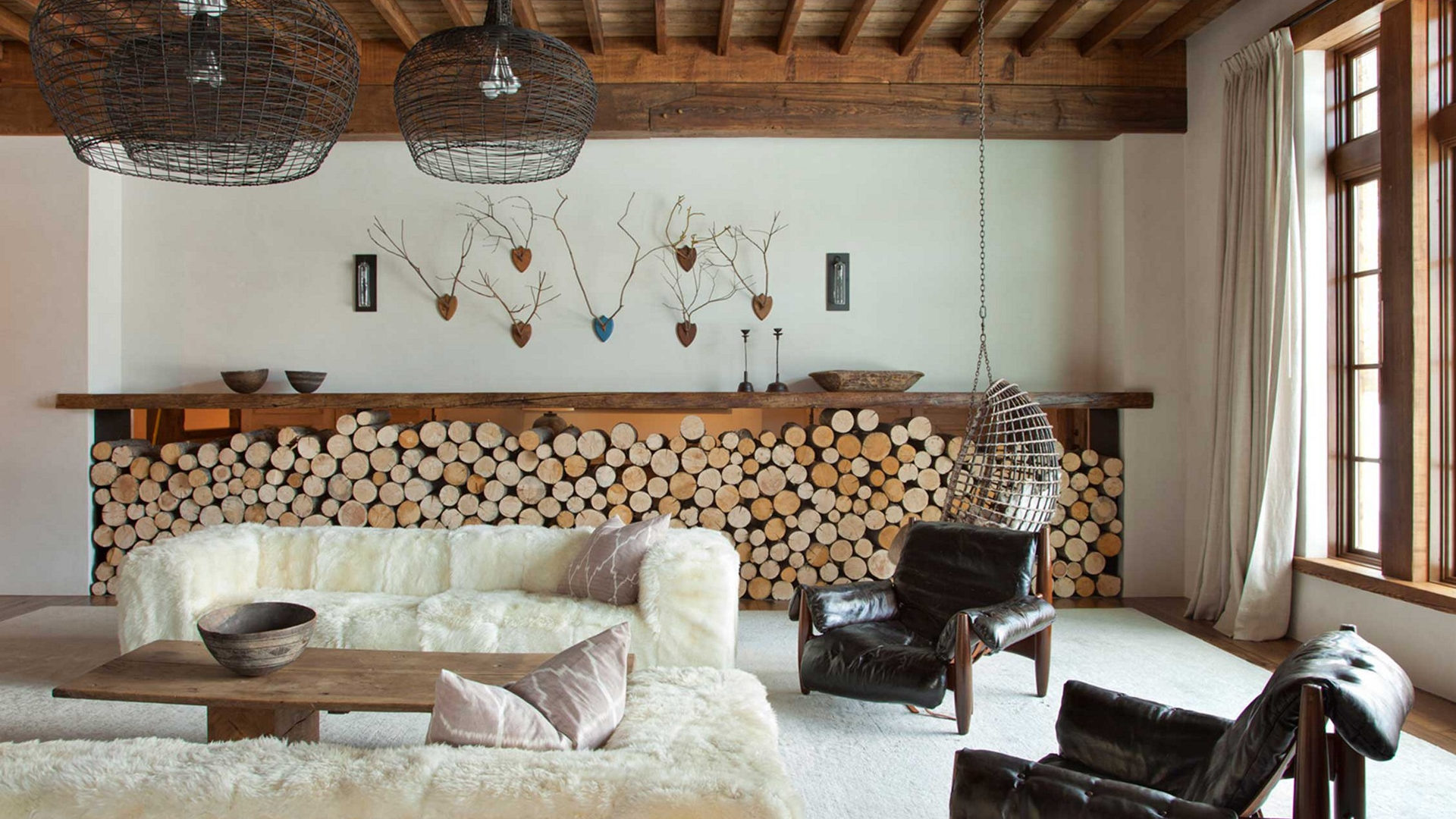interior design
Interior architecture practice is the process of designing an interior space by gathering all creative elements together. At the same time, interior architecture is the combination of functional and visual atmosphere in the most idealized way. Interior design is an architectural action aimed at using any architectural space more effectively within the framework of user demands, and all the resulting processes are aimed at adding functional living spaces to people and providing spaces with high visual aesthetics. There are a couple of important factors that affect interior design. These are; Visual factors (color, lighting, shape) Textural factors (surface, shape, texture) Auditory factors (noise, echoing)
In interior architectural design, an absolute balance and harmony are observed between the space and the objects placed in it, mastering the material, light, design knowledge of all the furniture and furnishings that will be placed in it, by considering all the surfaces of the space in detail. Interior architecture is the use of functionality and visual ambiance in the most appropriate way. Practical, aesthetic, and functional designs in interior architecture reveal the lifestyle of people.

differences between interior design and decoration
Interior design is a process done by interior architects and that requires every technical detail to be measured. Decoration, on the other hand, is the process that forms a part of interior architecture and is designed according to personal choice. After the interior architect has designed the space, the decoration process is completed according to different chosings.

Interior Design Styles and Concepts
Architecture has different spatial counterparts in different geographies and societies, and these differences have been transferred to the interior at different levels. These include interior architecture styles that have emerged from different cultures such as modern, contemporary, minimalist, industrial, Scandinavian, traditional, bohemian, and rustic.
modern
Modern is a broad design term that describes a typically flat house that has distinct lines and has elements of simple colors and materials such as metal, glass, and steel. Modern design creates a sense of simplicity in every item including furniture and accessories.
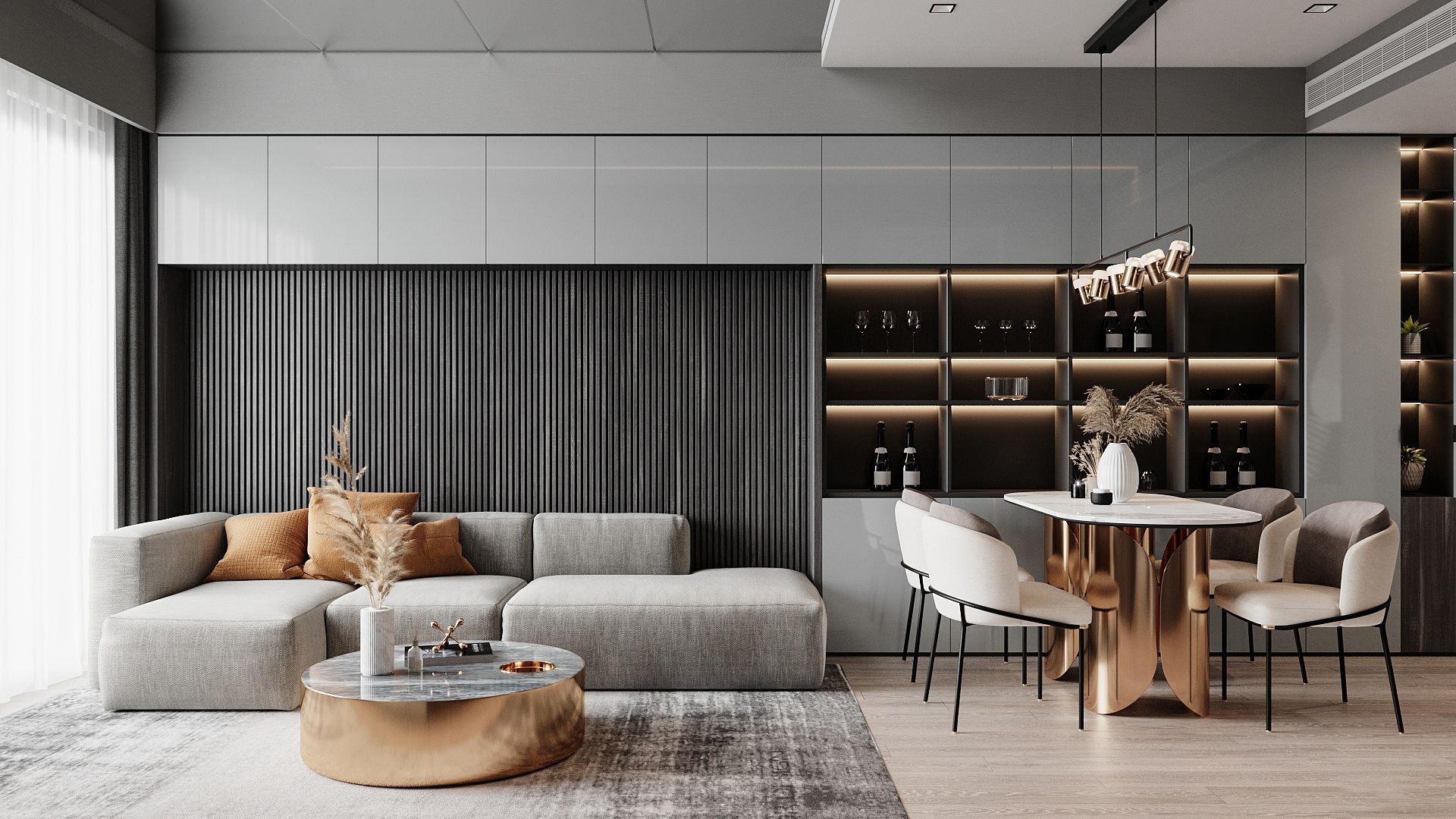
contemporary
Modern style and contemporary style are two styles that are often used interchangeably, not to be confused with each other. Contemporary differs from modern in that it defines the design concerning this period and now. The main difference that separates modern style and contemporary style design styles are that modern style is a very strict interpretation of design that started in the 20th century. Contemporary, on the other hand, is more fluid and represents a contemporary sense of design with less adherence to a particular style. For example, contemporary style may include curvy lines, while modern design certainly does not.

minimalist
Takes modern design concepts and introduces a design by simplifying them further. It is neutral and airy in the color chart; the furniture is very simple and modern, and nothing in the accessories or decor is excessive or flashy.

industrial
The industrial style, as the name suggests, can be inspired by a warehouse or an urban loft. Many of the items have a sense of unfinished rawness, and it’s not unusual to see exposed brick, canal work, and wood. An iconic house with an industrial design theme will be a renovated loft from an old industrial building. Think high ceilings with sparse furniture, old wood, and overhanging metal lighting fixtures. To add a line of color to an otherwise neutral color scheme derived from the primary materials of wood and metals, it could be one or two pieces of abstract art or photography.

scandinavian
Scandinavian shows consideration to the simplicity of life displayed in the Nordic countries. Scandinavian furniture designs, though rustic and understated, often look like a work of art. There are some interesting lines in the furniture that have functionality and a sculptural effect. Other common features include all-white color palettes and the inclusion of natural elements such as form molded wood, glossy plastics, and aluminum, steel, and wide board decking. If there are bursts of color, it usually comes from art use, natural drapes or furs, or a single piece of furniture. Spacious, natural lighting, fewer accessories, and functional furniture characterize Scandinavian Designs.
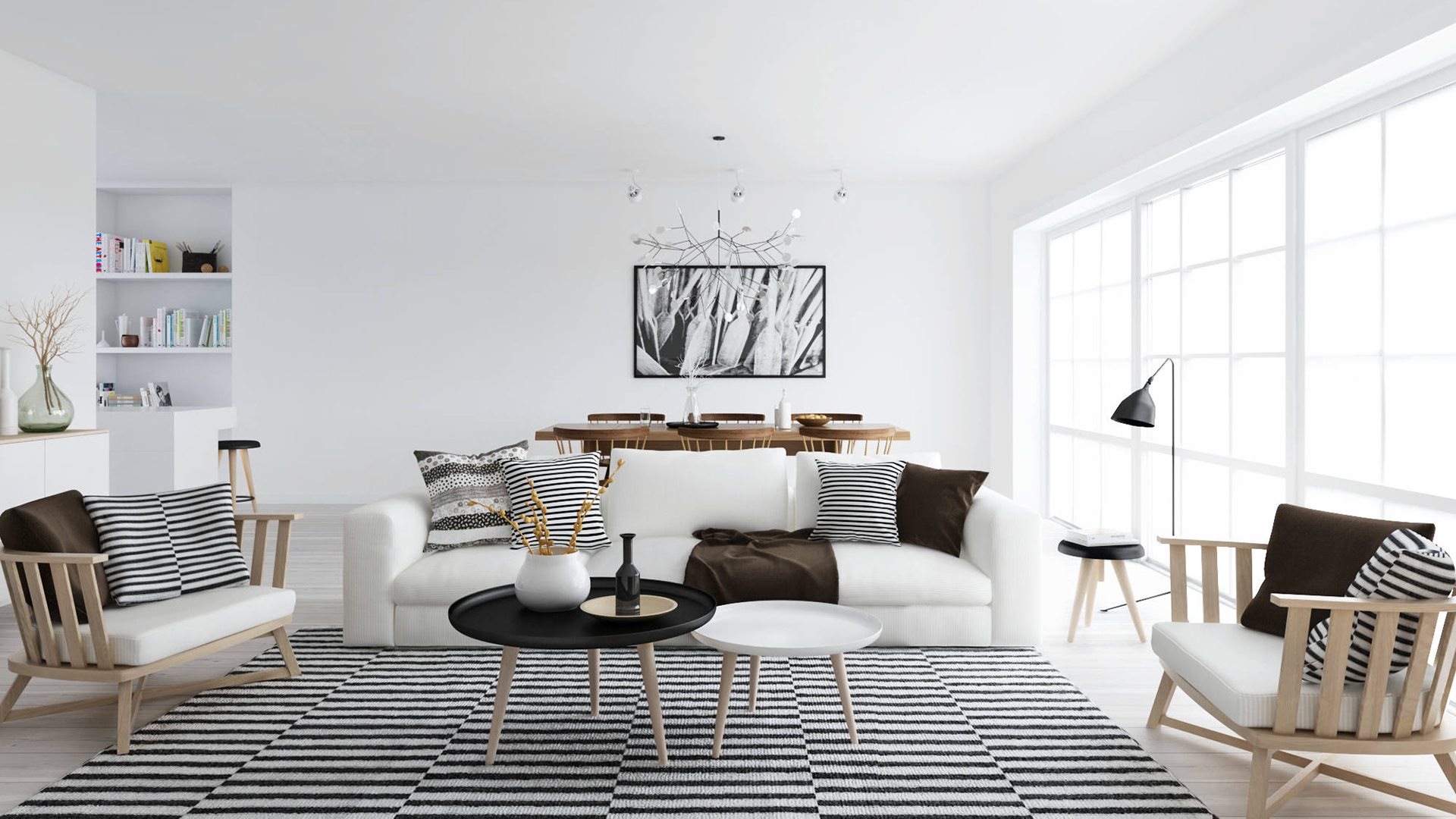
traditional
Traditional design style offers classic details, flashy furniture, and plenty of accessories. It is based on the sensitivities of European Society. Traditional houses often feature dark, polished wood, rich color palettes, and a variety of textures and sloping lines. The furniture has elaborate and ornate details and fabrics, such as velvet, silk, and Brocade, which can include a variety of patterns and textures. Most traditional designs have depth, layer, and dimensionality.
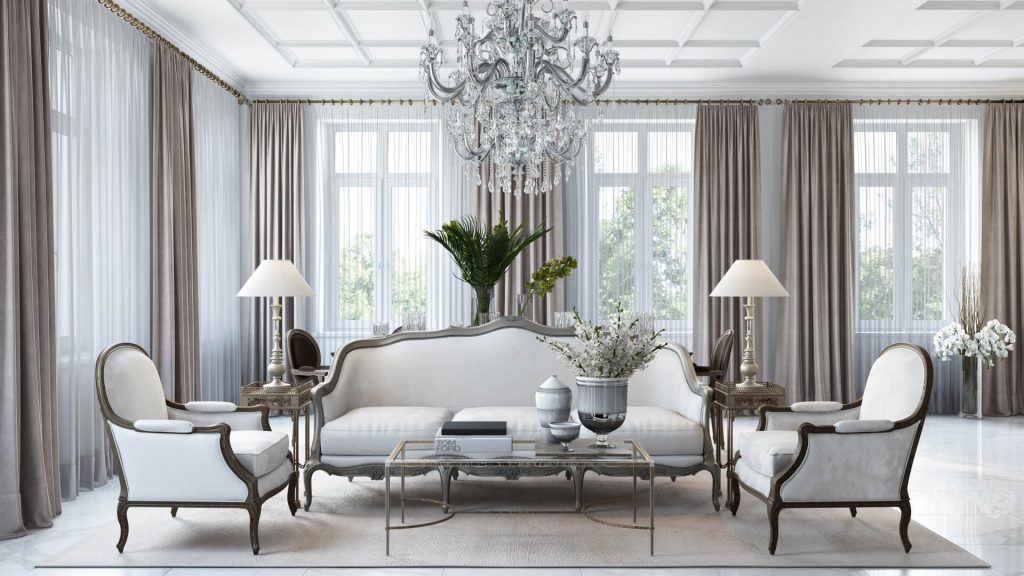
bohemian
Bohemian is a popular style for home design and fashion. It reflects a carefree lifestyle with few rules, except following your heart’s desire. Bohemian homes can include items found in a wide range of sources, including old furniture and lighting fixtures, world-inspired textiles and rugs, collection exhibitions, flea Sundays and travels. It is not uncommon to see floor cushions and comfortable seating areas when combining bohemian style. This eclectic style may include an ultra-glam chandelier paired with a worn carpet and a mid-century chair.
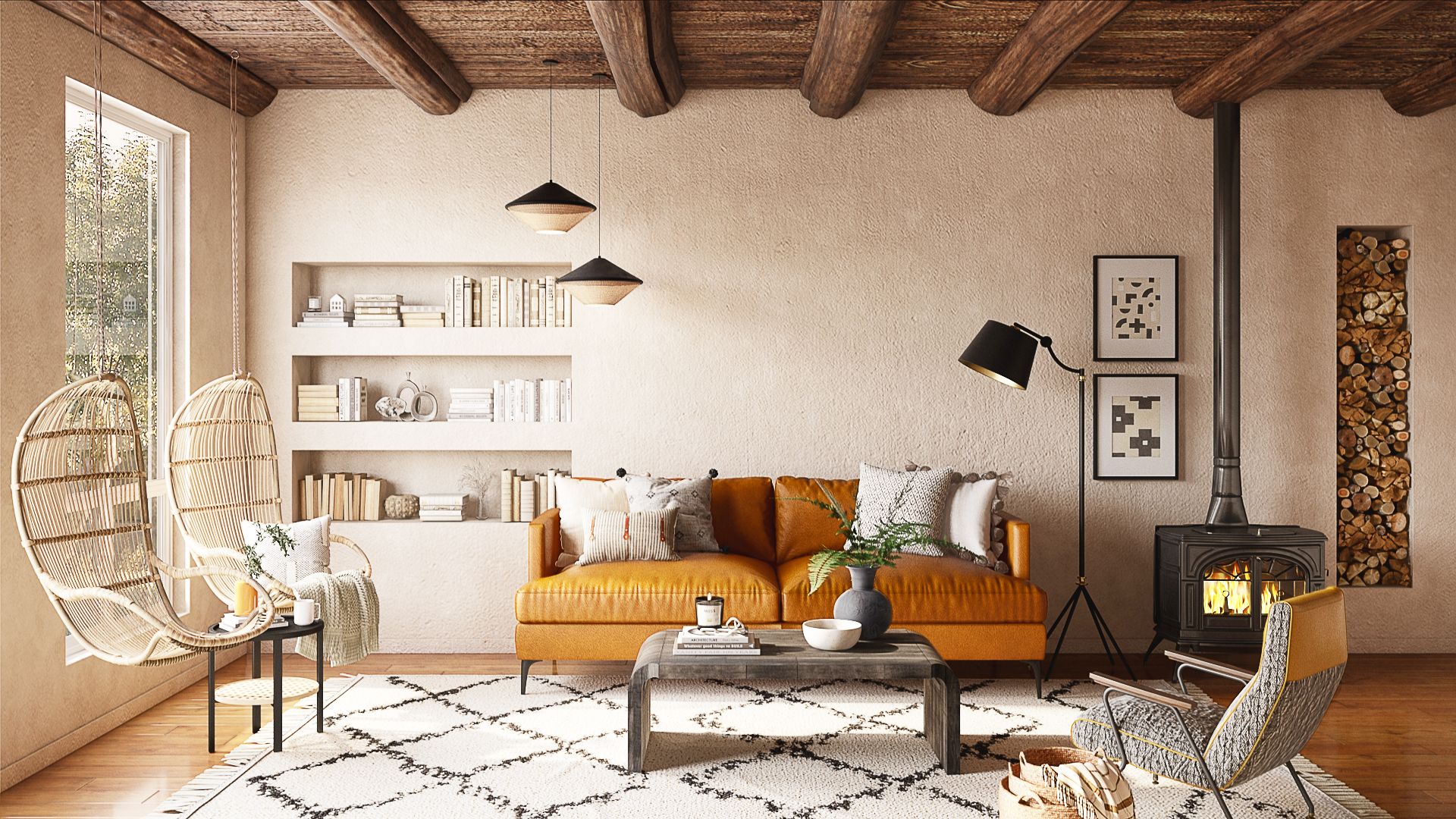
rustic
The rustic design is taken from natural inspiration, using raw and often unfinished elements, including wood and stone. Rustic design may include exterior accessories that mimic warmth from design and architectural details, which may include features such as vaulted ceilings decorated with wooden beams or reclaimed wood floors.
